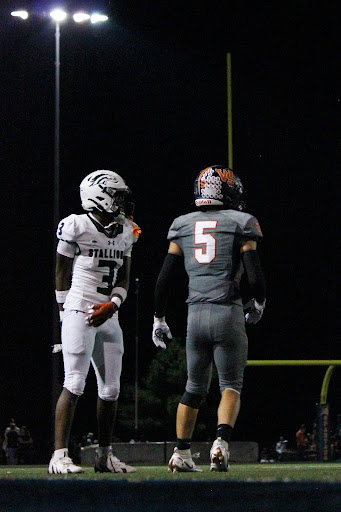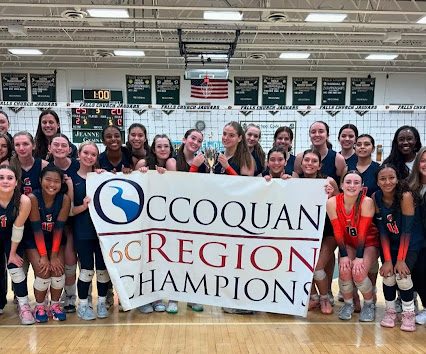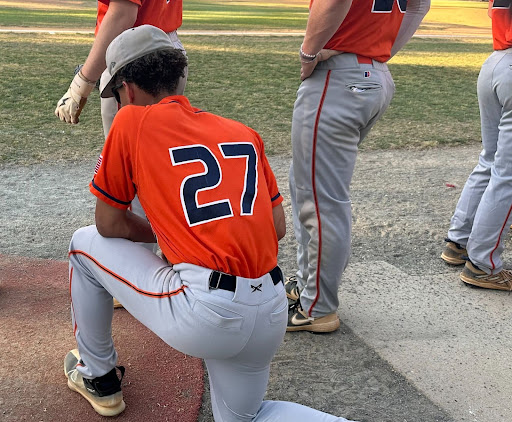
The school and club soccer scene share many similarities, yet key differences in skill level, competitiveness, commitment and camaraderie come with this distinction.
A staggering 77 percent of male college soccer athletes played for a club soccer program and 88 percent of female soccer student athletes in college played for club soccer teams too, according to reports from the Next College Student Athlete (NCSA) organization. The advantage of playing club soccer is apparent. Due to the fact that clubs play year-round, players can gain more experience and maintain peak physical condition.
“I feel like club soccer is more serious and more important to me,” said freshman fullback Kaitlyn Gorkowski. “I play both club soccer and school soccer. I prioritize club [soccer] because it is more competitive.”
SYC’s MLS Next player, sophomore Christian Sadek, gave further insight into the benefits of club soccer.
“I feel club soccer is more competitive, and for club soccer, you train every day and you [play] people from outside of your state,” said Sadek.
Competition is important to many soccer players. Club soccer has different levels of competition. Recreational soccer is the lowest tier of club soccer, while the highest level of youth club soccer includes programs such as MLS Next through SYC, where Sadek plays.
Despite the competitive influence, club soccer comes with a price tag. Ranging from $1,000 to $4,000, not including traveling costs, compared to the average registration fee of $30 to $100 for school soccer, according to EduCounting. These differences in price may influence players in these commitments.
Coan Barnett, a freshman on the JV soccer team and Northern Virginia United, is unfazed by the price.
“I play on a scholarship so it does not affect me financially. I only pay for gear like club jackets and cleats,” said Barnett.
However, student athletes are optimistic that this year’s school soccer season will bring similar competition to club soccer. After the WS boys soccer team’s rebuilding of the past two seasons, a competitive tryout brings hope.
“Our tryouts had a large turnout, maybe larger than last year. It was a very competitive tryout with just over 70 cuts. I believe this competitive tryout will translate to the season,” said boys varsity head coach Kristopher Benton.
With a tryout attendance of over 120 hopefuls for JV and Varsity boys soccer combined, the program only selected an estimate of 46 athletes.
The WS varsity girls soccer team is on the rise this year. Last year, the team went 9-7-1, while the two years before the team had a losing record. The girls team will face some challenges this year with tough teams like the Wakefield Fighting Owls and 2019 State Championship South County Stallions, and the road ahead is challenging.
The choice of playing club or school soccer is more than just about the game. Players who want to be recruited may want to play for a club, yet it comes with higher prices and intense competition. Athletes who would want to play with more school spirit may want to play for their school. Ultimately, these decisions lie with the players and their parents. As youth soccer continues to evolve, it is important for clubs and school teams to evolve too.






